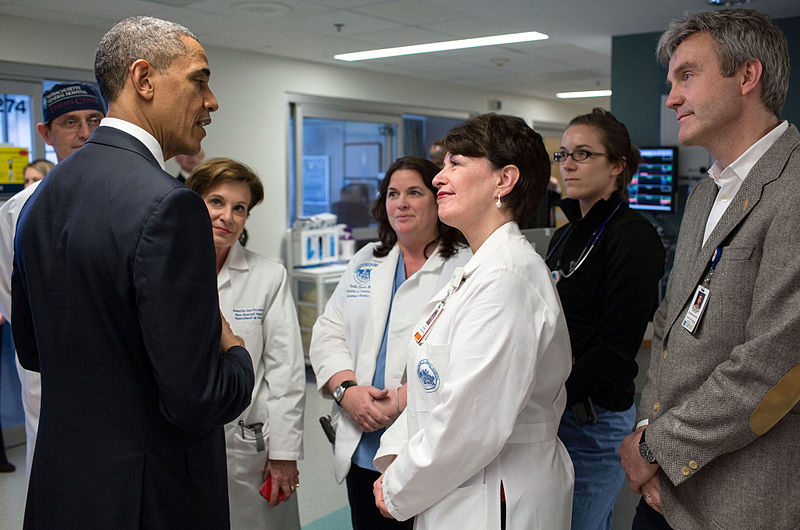February 2003 - Elderly men and women with normal body weight still may be at risk for developing type 2 diabetes if they have large amounts of muscle fat or visceral abdominal fat, according to a University of Pittsburgh study published in the February issue of the journal Diabetes Care.
"Our study found that, even though an elderly person may not be overweight, he or she might still be at risk for developing diabetes," said Bret H. Goodpaster, Ph.D., of the University of Pittsburgh division of endocrinology and metabolism and principal investigator of the study. "An important factor is where in the body their excess fat is stored."
Although the prevalence of type 2 diabetes is highest among men and women over the age of 65, the prevalence of obesity in this group is only 14 percent compared with 24 percent for people in their 50s, according to Dr. Goodpaster.
"It appears that in elderly individuals, there might be some disassociation between obesity and the risk for insulin resistance and type 2 diabetes," he said.
The study enrolled 2,964 men and women with a mean age of 73.6 years who are participating in the Health ABC study. The group was 48.5 percent male and 58.3 percent white. Of the participants, 51 percent were classified as having normal glucose tolerance, 21 percent were classified as having impaired glucose tolerance and 24 percent as having type 2 diabetes. Muscle and fat in the thigh and abdomen were determined using CT scans. The prevalence of diabetes was higher among obese subjects than among overweight or normal weight subjects. With 30 percent of obese men and 34 percent of obese women having type 2 diabetes.
Continue Reading Below ↓↓↓
Despite similar amounts of thigh fat, the proportion of intermuscular fat was higher in subjects with type 2 diabetes and impaired glucose tolerance than in subjects with normal glucose tolerance. Also, the proportion of visceral abdominal fat was higher in men and women with type 2 diabetes and impaired glucose tolerance than in those with normal glucose tolerance.
The study found that among those with type 2 diabetes, 22 percent were normal-weight men and 12 percent were normal-weight women. Another 14 percent of men and 22 percent of women had impaired glucose tolerance. Taken from another perspective, this means that two thirds of men with type 2 diabetes were not obese. A similar pattern emerged for women. "This suggests that obesity, per se, is not required for diabetes or glucose intolerance in elderly men and women," Dr. Goodpaster said. "Fat distribution is a key determination of insulin resistance and altered glucose homeostasis.
"The concept of the metabolically obese normal-weight individual is likely to be of great importance in understanding risk factors that drive the heightened risk of type 2 diabetes in relation to aging," he said.
Source: University of Pittsburgh Medical Center










